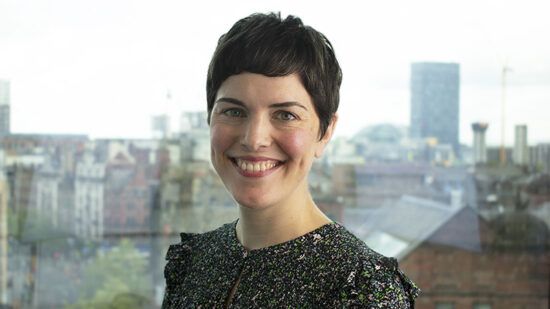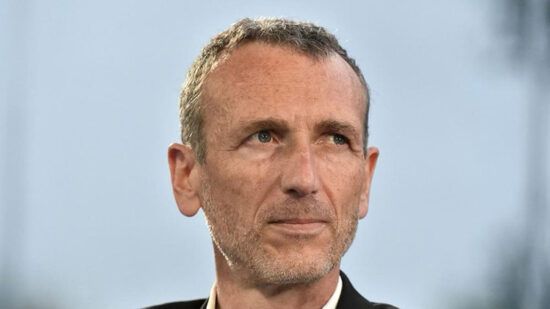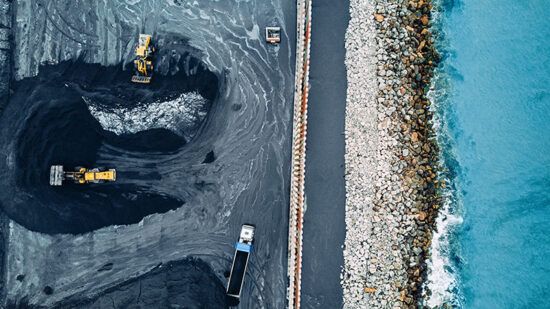“Modelling physical and transition risks based on past data is akin to looking backwards from the deck of the Titanic on the evening of 14 April 1912 and predicting a smooth passage to New York because no icebergs have yet been hit.”
This is how the UK’s Institute and Faculty of Actuaries and scientists at the University of Exeter summarise the core flaw of mainstream climate models in a recent report, The Emperor’s New Climate Scenarios. Their conclusions should act as a wake-up call. Backward-looking climate models provide cover for complacency and inaction.
See also: – Beyond stress testing
Nowhere are the dangers of head-in-the-sand climate modelling clearer than when we look at company accounts. Accounts are the means through which model imperfections are translated into capital misallocation. Where financial statements leave out climate consequences, decision-making also tends to disregard climate change. Too much capital will be channelled towards carbon-intensive activities, or activities facing severe physical risks, and too little capital will find its way to climate solutions. The result is increased economic fragility, rather than greater resilience.
Where the models go wrong
The actuaries and climate scientists point to two omissions in climate models, notably those promulgated by global central bankers through the Network for Greening the Financial System (NGFS). First, they ignore climatic tipping points that are expected to drive self-reinforcing feedback loops, such as the thawing of the Boreal permafrost. Second, the models leave out social responses like mass migration or conflict.
On the transition side, the models tend to focus on steadily rising carbon taxes as a proxy for the decarbonisation. This is an improbably narrow reflection of the clean technology revolution.
The Universities Superannuation Scheme – one of the largest UK pension schemes – recently teamed up with the University of Exeter to publish alternative real-world climate scenarios. Focusing on near-term climate impacts, and layering in plausible market and policy responses, their work suggests that the world could see GDP decline over the next seven years, rather than merely grow just 0.2% a year slower, as suggested by the NGFS’s current policies scenario.
While preliminary, these conclusions challenge the view that there is no need to change very much.
Real climate risks need to be in company accounts
Model mis-calibration is fuelling inaction through company accounts. Of particular concern is the banking sector, given its importance to financial stability. I recently wrote about the failure of banks to reflect climate risks in their accounting assumptions, often leaning heavily on NGFS models. This is notable in banks’ expected credit loss assumptions (anticipated default rates), which depend on expected future GDP growth and sector/geography dependent factors. Too often banks conclude the near-term implications are not material and leave them out, sticking instead with their backward-looking approach.
ING’s latest annual report, for instance, concludes: “At this point in time it is not possible to incorporate climate risks separately into IFRS9 [Expected Credit Loss] models given the lack of sufficient empirical historical data…”.
With climate impacts left out of their numbers, banks have little financial incentive to curtail lending to carbon-intensive sectors and those that face the greatest physical risks.
However, banks are just one of many sectors where forward-looking accounting assumptions need to be reviewed. Carbon-intensive industries face the twin challenges of the physical climate impacts and decarbonisation, which will reshape demand, costs of production, pricing and margins. Forward-looking assumptions and estimates should not leave this out.
Oil and gas company accounts, as we have long argued, need to adjust assumptions for falling long-term demand linked to decarbonisation. They should also consider how physical impacts will hit growth and demand. Is it sensible, for instance, for Equinor to plan its investments around forecasts that global GDP would be virtually identical in its 1.5C and a 2.5-3C scenarios (Bridges and Walls Scenarios, respectively)?
Rear-view mirror accounting must stop
In the face of unprecedented climate change, the importance of acting prudently to build resilience has never been clearer. And yet, current backward-looking climate modelling is fuelling rear-view mirror accounting, supporting inaction.
All market participants have a role to play. NGFSneed to ensure its climate models are recalibrated for the latest scientific and technological advances. Its recent Conceptual Note on short-term climate scenarios is a step in the right direction.
Central banks should reinstate the precautionary principle and ensure robust climate stress testing linked to capital adequacy requirements.
Accounting and audit regulators need to enforce existing rules on delivering reliable financial statements, accounting for likely climate-related losses and liabilities. Investors need to hold boards and auditors to account for delivering prudent long-term capital stewardship and vote against those that fail.








